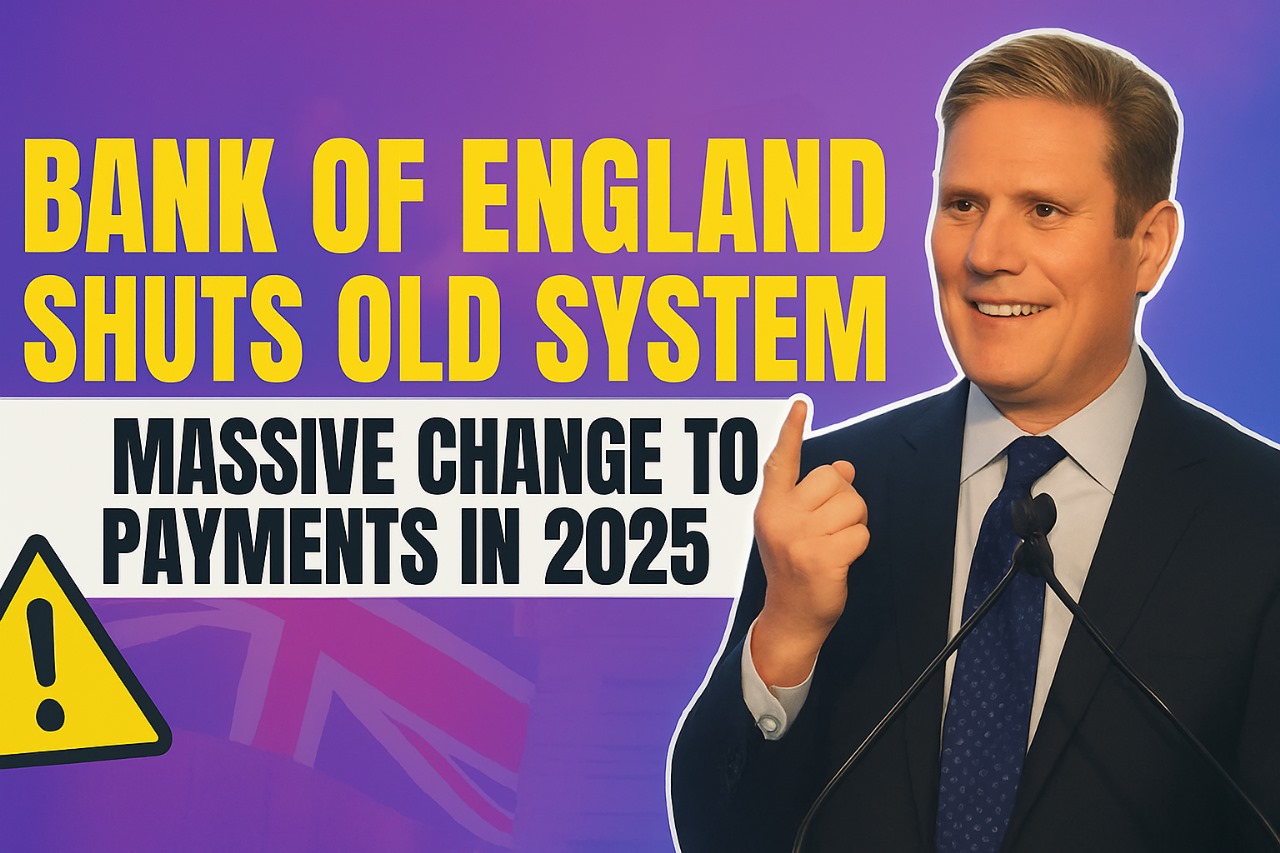Friends, In today’s fast-paced, digitally-driven world, how we move money matters more than ever. Recognising this, the Bank of England is preparing to overhaul one of the most critical pieces of the UK’s financial infrastructure—its core payment system. The aim? To deliver faster, safer, and more innovative payment experiences that match the demands of modern life. Whether you’re transferring funds between banks or running a business, these changes will likely touch your daily routine in one way or another. Here’s a clear breakdown of what’s changing, why it matters, and what to expect over the coming years.
Why Is the Payment System Changing?
The Bank of England is ditching its outdated payment system for a sleeker, more reliable one that’s built for the future. The old system’s done a great job, but it’s struggling to keep up with the rapid growth of digital payments. This upgrade will make it easier and faster for money to flow across the UK, which will be a win for both businesses and individuals.
What Are the Main Reasons Behind the Upgrade?
Several key factors are driving this major change. Firstly, there’s a need for instant settlement—people and businesses expect transfers to happen in real time. Secondly, security has become a growing concern, and the older system wasn’t built with today’s cyber threats in mind. Finally, the payment ecosystem is evolving, and the new system will be designed to support innovative financial services now and in the future.
When Will the New System Be Introduced?
The upgrade won’t happen all at once; instead, it’ll roll out in phases. The Bank of England plans to start the transition in late 2026, with the full switch complete by mid-2028. Here’s how it’ll go down: big financial institutions will test and adopt the system first, followed by smaller ones, and finally, public-facing services will get on board.
Who Will Feel the Impact?
In short—everyone. From high-street banks to small fintech startups, and from big retailers to everyday account holders. Banks and payment service providers will need to update their internal systems, while consumers and businesses should prepare for smoother and faster payments. Even though the upgrade is technical, its effects will reach across the economy.
Key Benefits for Everyday Users
- Quicker, more reliable transfers between banks
- Less chance of delays or downtime
- Support for modern features like request-to-pay or pay-by-link
For the average person, it means payments that feel more like messaging: instant, secure, and always available.
What Challenges Might Arise?
Of course, no major upgrade is without hurdles. Banks and payment providers will have to adapt their systems and train staff. Technical hiccups, regulatory adjustments, and data security compliance will all need to be addressed. There may be short-term friction as the industry moves through this major transformation, but the long-term gains are expected to outweigh the initial challenges.
What Businesses Should Know
Companies of all sizes stand to benefit from this upgrade. Faster settlement means better cash flow, while features like real-time tracking and automatic reconciliation can save time and reduce errors. Businesses should stay in touch with their banks and software providers to make sure they’re ready when the new system arrives.
What Could This Lead to Next?
The new platform is not just a one-off update—it’s a foundation. With its flexible and modular design, the system could pave the way for innovations like programmable payments or even the digital pound. It’s a bold step toward making the UK’s financial system more adaptive and forward-thinking.
Who’s Overseeing All This?
The Bank of England is leading the charge, but it’s working closely with the Financial Conduct Authority (FCA) and industry partners to ensure the system is robust, safe, and fair. Testing and risk management will be built into every phase of the rollout to avoid surprises and protect users.
FAQs
1. Why is the Bank of England replacing the old system?
Because the existing setup is outdated and can’t meet today’s needs for speed, security, and flexibility.
2. When will I see changes?
The rollout starts in 2026 and will be complete by 2028. Some banks and services may switch sooner than others.
3. Will this affect how I make payments?
Yes—but in a good way. Transfers will be faster, and new services will become available over time.
4. Do businesses need to take action?
Yes. They should talk to their banks or payment processors now to understand what’s coming and ensure they’re ready.
5. How safe is the new system?
It’s being built with cutting-edge cybersecurity in mind and will be heavily tested and regulated.
6. Is this connected to a digital pound?
Not directly, but it lays the groundwork. The system will be ready to support things like a digital pound if that’s introduced later.
7. Will this change international payments too?
Not immediately. The current focus is on domestic payments, but future updates could expand that scope.
Conclusion
Replacing the UK’s ageing payment infrastructure is a big move, but it’s the right one. By 2028, people and businesses will enjoy faster, safer, and more modern payment experiences. While the transition may take time and effort, the result will be a stronger, smarter financial system for everyone in the UK.


